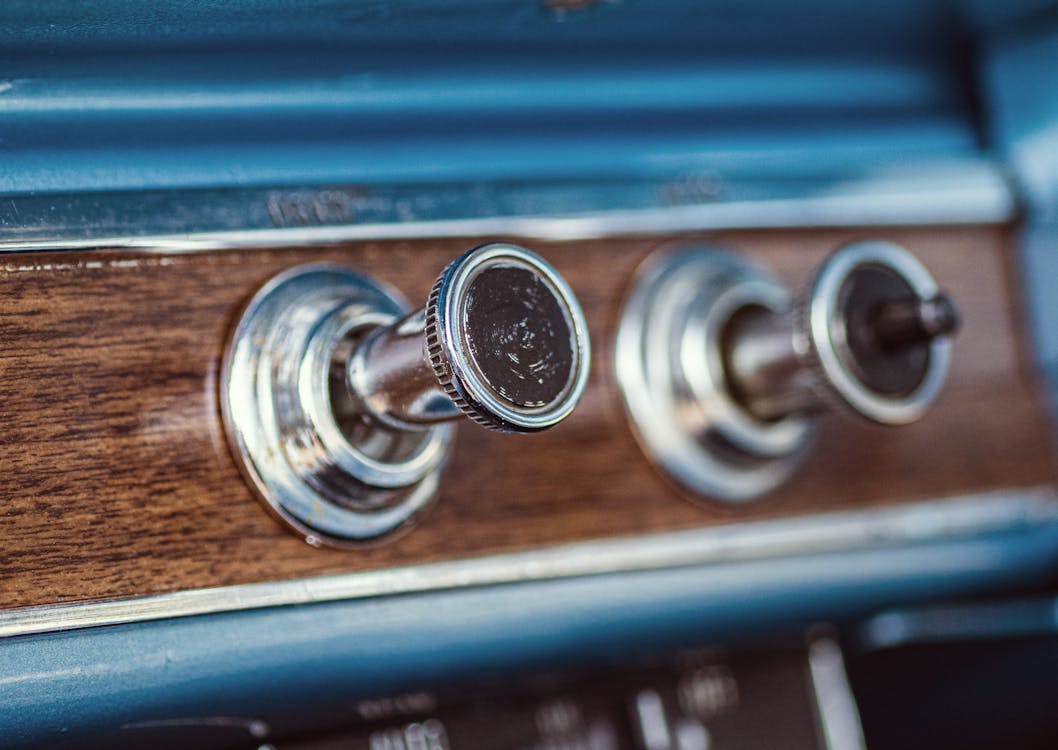Why Touchscreens Are Losing Ground to Buttons

For the past decade, vehicle interiors have actually been rapidly evolving towards sleek, screen-dominated control board. Touchscreens replaced typical knobs, sliders, and switches in what numerous assumed was the unpreventable march of progression. Yet, in an unforeseen spin, physical buttons are quietly making their back into contemporary vehicles. The change signals greater than just a timeless nod-- it's a reaction to real-world responses from drivers food craving simplicity, security, and responsive complete satisfaction.
The Digital Overload Dilemma
When touchscreens initially started taking control of dashboards, they felt like the future: tidy, personalized, and loaded with functions. They got rid of mess and allowed automakers to enhance their insides with less physical parts. But as more features were buried within digital menus, motorists started to articulate problems.
Touchscreens often require several steps to carry out fundamental tasks like changing the climate or altering the radio terminal. Unlike switches, they do not have the instinctive muscular tissue memory that allows a chauffeur to alter a setting without taking their eyes off the roadway. With a lot taking place on-screen, it ends up being all as well simple to get sidetracked-- something no person desires when traveling at highway rates.
The Return of Tactile Functionality
One of the greatest advantages of switches is their responsive comments. You can feel them without needing to look. This sensory support makes them not just convenient yet more secure for motorists. When your hand instinctively knows where the quantity knob is or how much to push a switch to trigger the defrost, it reduces the demand to glimpse down or away from the roadway. And while touchscreens provide ease for infomercial and navigation, the essential daily features-- like danger lights, audio controls, and HVAC-- really feel better suited to physical controls.
In fact, numerous chauffeurs who previously spoke highly of electronic systems have actually revealed appreciation for more recent designs that mix modern aesthetics with the functional feeling of conventional controls. It's not concerning rejecting advancement-- it's concerning enhancing functionality.
A Balanced Design Philosophy
Developers have taken notice of this moving belief. As opposed to abandoning screens, they're reconsidering exactly how they're incorporated. The most effective interiors now strike a balance in between electronic convenience and analog accuracy. That means strategically putting buttons for necessary features while making use of electronic user interfaces for applications, navigating, and media.
This hybrid technique click here to find out more is specifically preferred in lorries made for long-distance driving or family members. The convenience of pressing a switch without messing up with a menu makes a big difference when you're attempting to remain focused, comfy, and risk-free. Even in cars known for cutting-edge technology, a straightforward rotating dial or tactile control can be the feature that gains motorists trying to find thoughtful style.
Buttons and the Emotional Connection
There's also something distinctly psychological about switches. They bring a specific level of involvement that touchscreens just do not duplicate. Pressing a switch or turning a dial seems like you're physically connecting with your cars and truck-- it adds a layer of link that makes the driving experience much more enjoyable.
For those considering used Chevy cars, automobiles from recent years commonly offer the very best of both globes: receptive touch interfaces paired with traditional physical controls. These versions bridge the gap between development and knowledge, making them perfect for motorists that value modern features without compromising simplicity of use.
Modern Technology Isn't Just About Screens
It's easy to conflate innovation with displays, yet real technology means improving the chauffeur experience. In this light, buttons are a type of wise style. They're quick, accurate, and don't require interest. As vehicle style ends up being progressively driver-centric, comfort and intuition take center stage.
This likewise ties straight right into the resale and trade-in worth of cars. Cars and trucks that prioritize easy to use features tend to mature much better in the eyes of future buyers. If you're considering a Chevrolet trade in, understanding that your current lorry uses an attentively designed inside, complete with quickly accessible controls, can have a favorable impact.
The Future Is Functional
As auto makers re-evaluate the role of interfaces in the cabin, they're led by motorist responses and real-world functionality researches. The revival of switches does not signal a return to the past-- it's an advance in thoughtful, user-first layout. It acknowledges that development does not constantly imply getting rid of the old yet integrating it in a manner that makes driving much safer, less complex, and more pleasurable.
If you're in the marketplace and discovering Chevy new car deals, keep an eye on exactly how different designs manage their interior controls. It's not just about the touchscreen size-- it's about just how the lorry aids you remain concentrated on the road while making your daily commute more intuitive. Buttons could not be the flashiest attribute, yet they're swiftly becoming one of the most valued.
For even more insights into auto fads, interior design developments, and smart auto purchasing ideas, be sure to examine back regularly. We're constantly updating the blog site with fresh ideas to help you browse the road in advance.